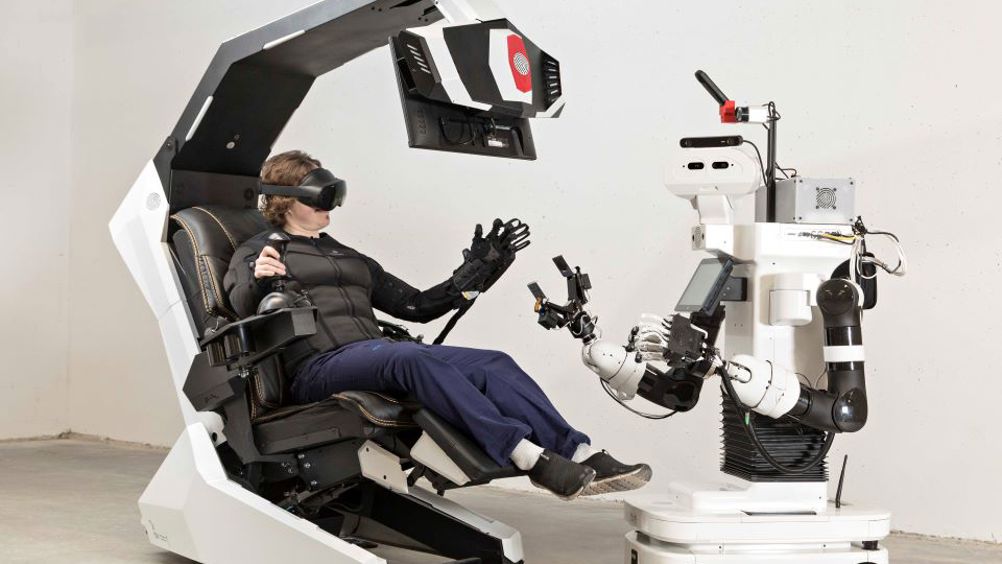Clinicians set to get remote ‘feel’ for patients in trial of Välkky telerobot
Doctors could one day ‘feel’ patients remotely following pilot trials at a Finnish hospital by Touchlab, a start-up that has taken residency at the National Robotarium in Edinburgh.

The so-called Välkky telerobot is controlled with an electronic haptic glove equipped with what is claimed to be the most advanced haptic electronic skin - e-skin – that usually comprises single or multiple ultra-thin force sensors to transmit tactile sensations in real time from one source to another.
The three-month pilot at Helsinki’s Laakso Hospital will see nurses explore how robotics systems can help deliver care, reduce workload and prevent the spread of infections or diseases. Coordinated by Forum Virium Helsinki, the Finnish capital’s innovation company, the research is part of a wider €7bn project aimed at developing the most advanced hospital in Europe by 2028.
According to the World Health Organisation (WHO), 15 per cent of patients in low- and middle-income countries acquire at least one healthcare-associated infection (HAI) during their hospital stay and, on average, one-tenth of affected patients die because of their HAI.
Register now to continue reading
Thanks for visiting The Engineer. You’ve now reached your monthly limit of news stories. Register for free to unlock unlimited access to all of our news coverage, as well as premium content including opinion, in-depth features and special reports.
Benefits of registering
-
In-depth insights and coverage of key emerging trends
-
Unrestricted access to special reports throughout the year
-
Daily technology news delivered straight to your inbox










Water Sector Talent Exodus Could Cripple The Sector
Well let´s do a little experiment. My last (10.4.25) half-yearly water/waste water bill from Severn Trent was £98.29. How much does not-for-profit Dŵr...